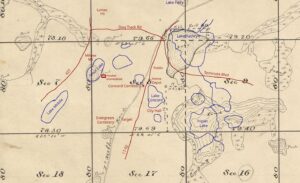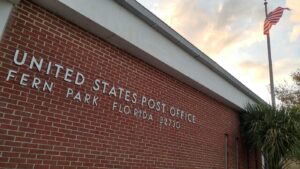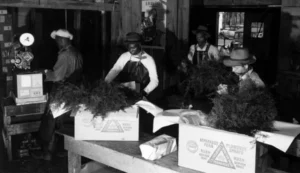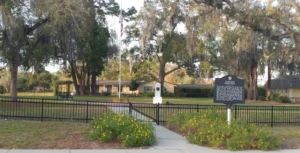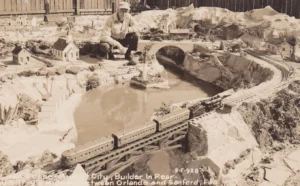
Casselberry
Casselberry, Florida, boasts a history richer than its 1940 incorporation might suggest. Archaeological evidence points towards settlements by the St. Johns people as far back as 800 AD in the Casselberry area. The 1840s saw the construction of Fort Concord on the shores of Lake Concord, a blockhouse built during the Seminole Wars to protect settlers.
Following the wars, pioneers like Stephen J.L. Hooker, nephew of a prominent cattle rancher, arrived in the 1850s. They established homesteads in the area that would become Casselberry. The Hooker Homestead, built in 1887 on the shores of Lake Griffin, stands today as the oldest surviving building in Casselberry.
The 20th century brought a unique twist to Casselberry’s story. The establishment of a fernery by Gordon Barnett in the 1920s transformed the area into a center for fern production. Hibbard Casselberry, a salesman for Barnett, became a significant landowner. Interestingly, residents incorporated the town of Casselberry in 1940 to avoid property taxes, a novel strategy for the time.
World War II, however, brought a shift. Fern production became non-essential, and Hibbard Casselberry secured government contracts to manufacture war supplies. The town actively supported the war effort. After the war, Casselberry transitioned away from the fern industry and continued to grow as a vibrant community.

